Key Takeaways
-
New Zealanders are traveling to Thailand for stem cell therapy to treat arthritis, saving up to 70% compared to costs in Western countries.
-
The therapy uses a patient's own mesenchymal stem cells (MSCs) to reduce inflammation, repair damaged cartilage, and alleviate chronic pain associated with osteoarthritis and rheumatoid arthritis.
-
Packages offered in Thailand are all-inclusive, covering the medical procedure, specialist consultations, accommodation, and local transport, ensuring a seamless experience.
-
Stem cell therapy for arthritis in Thailand costs between $8,000 and $15,000 USD, a fraction of the price in other developed nations.
-
Cost in Mexico: Similar treatments range from $7,000 to $20,000 USD.
-
Cost in the USA/New Zealand: Experimental or limited treatments can cost upwards of $25,000 to $50,000 USD, and are often not covered by insurance.
Understanding Arthritis: The Chronic Pain Challenge for Kiwis
Arthritis is a leading cause of disability in New Zealand, characterized by joint inflammation, pain, and stiffness that significantly impacts quality of life. The two most common forms are osteoarthritis, caused by wear and tear, and rheumatoid arthritis, an autoimmune disorder.
Arthritis isn't just a single disease; it's a term for over 100 conditions that affect the joints. For thousands of New Zealanders, it's a daily battle with chronic pain, limited mobility, and a struggle to perform simple tasks. Osteoarthritis is the most prevalent type, often affecting the knees, hips, and hands as the protective cartilage breaks down over time. Rheumatoid arthritis is different, causing the body's own immune system to attack the joint linings.
Traditional treatments often focus on managing symptoms with pain medication, physiotherapy, or, in severe cases, invasive joint replacement surgery. However, these options don't address the root cause of cartilage degeneration. This is why many Kiwis are now exploring regenerative medicine and looking abroad for innovative solutions like stem cell therapy.
Did You Know?
According to Arthritis New Zealand, over 700,000 New Zealanders, including children, live with some form of arthritis. It is one of the primary reasons for medical consultations and a significant contributor to workforce absences.
What is Stem Cell Therapy and How Does It Work for Arthritis?
Stem cell therapy for arthritis is a cutting-edge regenerative treatment that uses the body's own natural healing agents—mesenchymal stem cells (MSCs)—to repair damaged joint tissues. These cells are extracted, concentrated, and then injected directly into the affected joint to reduce inflammation and promote cartilage regeneration.
Think of mesenchymal stem cells (MSCs) as your body's "master repair crew." These powerful cells have the unique ability to transform into various cell types, including cartilage cells (chondrocytes). They also release powerful anti-inflammatory agents and growth factors that create a healing environment within the joint.
The process for treating knee arthritis or other joint issues typically involves:
-
Harvesting: A small sample of fat tissue (adipose) or bone marrow is taken from the patient, usually from the abdomen or hip area, under local anesthesia.
-
Processing: The sample is sent to a specialized lab where the MSCs are isolated and concentrated into a potent injectate.
-
Injection: Using advanced imaging like ultrasound for precision, the doctor injects the concentrated stem cells directly into the arthritic joint capsule.
Once inside the joint, the stem cells get to work, signaling the body to reduce inflammation, slow down cartilage deterioration, and begin the process of tissue repair. This minimally invasive procedure offers a promising alternative to major surgery.
Why Thailand is a Top Destination for New Zealanders Seeking Stem Cell Therapy
Thailand has emerged as a world-class medical tourism hub, offering advanced stem cell therapy at a fraction of the cost in New Zealand. The country boasts internationally accredited hospitals, highly skilled specialists, and state-of-the-art technology, all within a welcoming and accessible environment.
For New Zealanders weighing their options, Thailand presents a compelling case. The country isn't just a beautiful holiday destination; it's a leader in global healthcare. The appeal for Kiwis is built on several key pillars:
-
Advanced Medical Infrastructure: Thai hospitals are equipped with the latest technology and adhere to strict international standards. Many facilities are JCI (Joint Commission International) accredited, the gold standard in global healthcare.
-
Expert Specialists: Thai doctors and researchers are at the forefront of regenerative medicine. Many have trained in the US, UK, or Europe, bringing a wealth of international experience to their practice.
-
Significant Cost Savings: The primary driver for many is affordability. Even after factoring in flights and accommodation, the total cost for stem cell treatment in Thailand can be up to 70% less than what one might pay for similar experimental treatments back home.
-
No Long Waiting Lists: Unlike the public health system in New Zealand, where wait times for specialists can be lengthy, patients in Thailand can typically schedule procedures quickly and efficiently.
-
A Healing Environment: The warm climate, renowned hospitality, and opportunities for a relaxing recovery period make Thailand an ideal place to heal both body and mind.
Expert Insight
A leading regenerative medicine specialist, notes, "We are not just treating symptoms; we are targeting the underlying cause of degeneration. By using the patient's own autologous stem cells, we minimize the risk of rejection and harness the body's innate healing potential to offer long-term relief from arthritis pain."
The Stem Cell Therapy Process in Thailand: A Step-by-Step Guide
The journey for a New Zealander seeking stem cell therapy in Thailand is a well-organized process, typically managed from consultation to aftercare by a medical tourism facilitator. The entire trip usually spans 7-10 days, involving pre-treatment assessments, the procedure itself, and initial recovery monitoring before flying home.
Navigating international healthcare can seem daunting, but platforms like PlacidWay simplify the entire experience. Here’s what a typical treatment journey looks like:
-
Initial Online Consultation: You'll start with a free virtual consultation where you share your medical records, MRIs, and X-rays with a Thai specialist. They will assess your candidacy for stem cell therapy for osteoarthritis.
-
Customized Treatment Plan: If you're a good candidate, the clinic will create a personalized treatment plan and provide an all-inclusive price package. This covers the procedure, hospital fees, doctor consultations, and often includes airport transfers and accommodation.
-
Arrival in Thailand: Upon arriving in Bangkok or another major city, you'll be greeted by a representative and transported to your hotel. You'll have time to settle in before your hospital appointment.
-
Pre-Procedure Assessment: At the hospital, you will meet your doctor for a physical examination and final tests to ensure you are ready for the procedure.
-
The Procedure Day: The harvesting and injection of stem cells are typically done on the same day and take a few hours. The procedure is minimally invasive and performed under local anesthesia.
-
Post-Procedure Recovery: You will rest for a day or two, with follow-up appointments to monitor your initial progress. Most patients are mobile shortly after the procedure.
-
Return to New Zealand: After a final check-up and clearance from your doctor, you will be ready to fly back home with a detailed aftercare plan.
Cost of Stem Cell Therapy for Arthritis: Thailand vs. New Zealand
The most significant advantage for New Zealanders is the dramatic cost difference for stem cell therapy in Thailand. An all-inclusive treatment package in Thailand typically costs between $8,000 and $15,000 USD, whereas similar, often less comprehensive, treatments in Western countries can exceed $25,000 USD.
The financial burden of managing a chronic condition like arthritis is substantial. When you compare the costs directly, the savings become clear. Let's break down the potential expenses for treating a single joint, such as the knee.
| Cost Component | Thailand | New Zealand / Western Countries |
| Initial Consultation | Often free or included in package | $300 - $600 USD |
| Stem Cell Procedure | $7,000 - $12,000 USD | $20,000 - $40,000+ USD |
| Hospital & Lab Fees | Included in package | $5,000 - $10,000 USD |
| Return Airfare (NZ-TH) | $1,200 - $2,000 USD | N/A |
| Accommodation (10 days) | $500 - $1,000 USD | N/A |
| Total Estimated Cost | $8,700 - $15,000 USD | $25,300 - $50,600+ USD |
Note: These are estimated costs and can vary based on the clinic, the complexity of the condition, and the specific treatment protocol.
By choosing medical tourism in Thailand, a New Zealander can save enough money to cover the entire trip and still pay significantly less than they would at home.
Success Rates and Patient Outcomes
While not a cure, stem cell therapy has shown significant success in managing arthritis symptoms, with many patients reporting reduced pain, increased mobility, and improved quality of life. Studies show that over 80% of patients experience positive results within a few months of treatment.
The goal of stem cell therapy for arthritis is functional improvement and pain reduction. It's important to have realistic expectations. The regeneration of cartilage is a gradual process, and results are not instantaneous.
Most patients report:
-
Pain Reduction: Noticeable decrease in chronic joint pain within 3-6 months.
-
Improved Function: Increased range of motion and the ability to perform activities that were previously painful, like walking or climbing stairs.
-
Reduced Inflammation: A significant drop in joint swelling and stiffness.
-
Delayed Need for Surgery: For many, this therapy can postpone or even eliminate the need for a joint replacement surgery.
The longevity of the results can vary, with many patients experiencing benefits for several years. The success of the treatment depends on factors like the patient's age, the severity of the arthritis, and adherence to post-procedure rehabilitation, such as physiotherapy.
Did You Know?
Mesenchymal stem cells are "immuno-privileged," meaning they are unlikely to be rejected by the body. When using a patient's own (autologous) cells, the risk of an adverse immune reaction is virtually zero.
Choosing the Right Clinic in Thailand
Selecting a reputable clinic is the most critical step in your medical journey. New Zealanders should prioritize clinics with international accreditations, experienced doctors specializing in regenerative medicine, and transparent pricing with verifiable patient testimonials.
With numerous options available, it's essential to do your due diligence. Here's what to look for when choosing a stem cell clinic in Thailand:
-
Accreditation: Look for JCI accreditation or ISO certification, which ensures the clinic meets high international standards of safety and care.
-
Doctor's Credentials: Research the qualifications and experience of the medical team. Do they specialize in orthopedics and regenerative medicine?
-
Technology and Lab Standards: Ensure the clinic uses modern equipment and has a certified lab for processing stem cells.
-
Patient Reviews: Look for testimonials or reviews from other international patients, particularly those from New Zealand or Australia.
-
Transparency: A trustworthy clinic will provide clear, all-inclusive pricing with no hidden costs. They should be willing to answer all your questions and facilitate a consultation with the doctor.
Working with a reputable medical tourism agency like PlacidWay can help you connect with pre-vetted, high-quality clinics, ensuring your safety and treatment success.
Frequently Asked Questions (FAQ)
Is stem cell therapy a permanent cure for arthritis?
No, it is not considered a permanent cure. However, it is a long-term treatment that can significantly alleviate symptoms, repair joint tissue, and improve quality of life for several years, potentially delaying the need for joint replacement surgery.
How long does the stem cell procedure take?
The entire process, from harvesting the cells to the final injection, is typically completed in one day and takes about 3-4 hours. It is an outpatient procedure, meaning you can return to your hotel the same day.
Is stem cell therapy painful?
Patients may experience mild discomfort during the fat or bone marrow harvesting, which is done under local anesthesia. The joint injection itself can cause temporary soreness or swelling, but this is generally mild and subsides within a few days.
How soon will I see results after the treatment?
While some patients report feeling better within weeks, most significant improvements in pain and mobility are typically observed between 3 to 6 months after the procedure as the stem cells work to repair the damaged tissue.
Is it safe to get medical treatment in Thailand?
Yes, it is very safe. Thailand's top private hospitals are among the best in the world, with international accreditations, English-speaking staff, and cutting-edge technology. They have a long and successful history of treating medical tourists from across the globe.
What type of stem cells are used for the treatment?
The treatment exclusively uses autologous mesenchymal stem cells (MSCs), which are taken from the patient's own body (usually adipose tissue or bone marrow). This eliminates any risk of rejection or disease transmission.
Take the Next Step with PlacidWay
Ready to explore a life with less pain? Arthritis shouldn't limit your potential. PlacidWay connects New Zealanders with the leading stem cell therapy clinics in Thailand. Our dedicated team can help you get a free, no-obligation quote, arrange consultations with top specialists, and plan your entire medical journey.

.jpg)
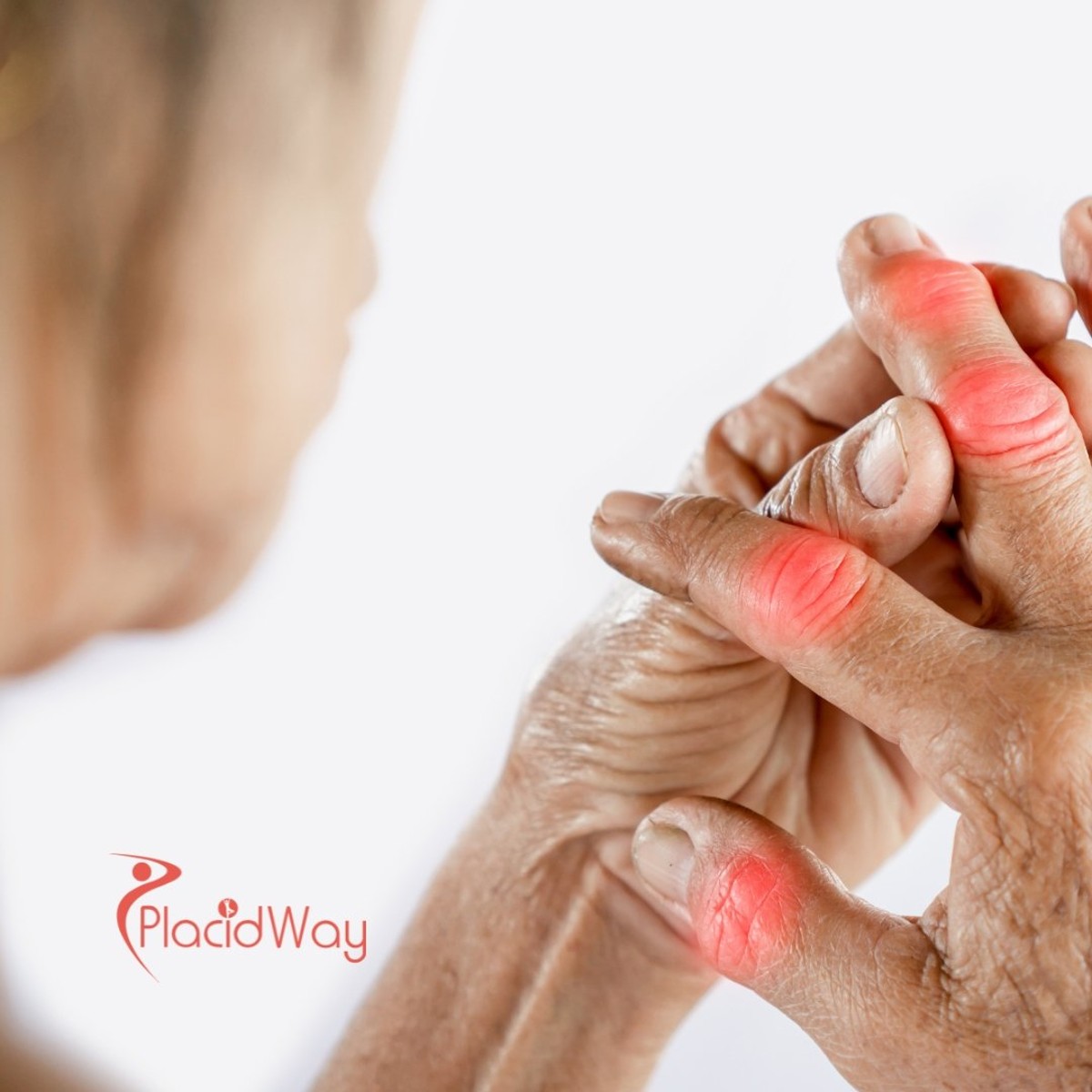
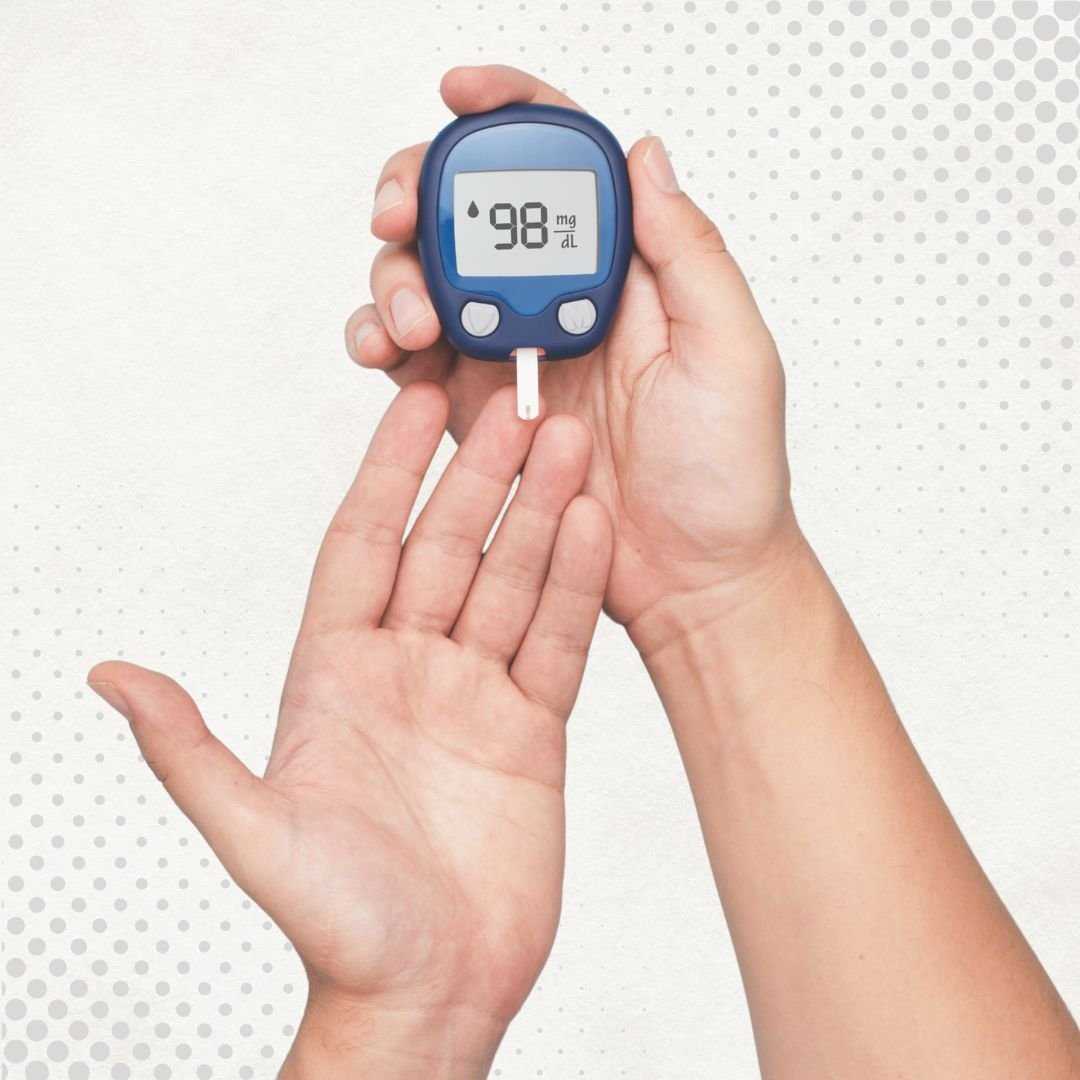





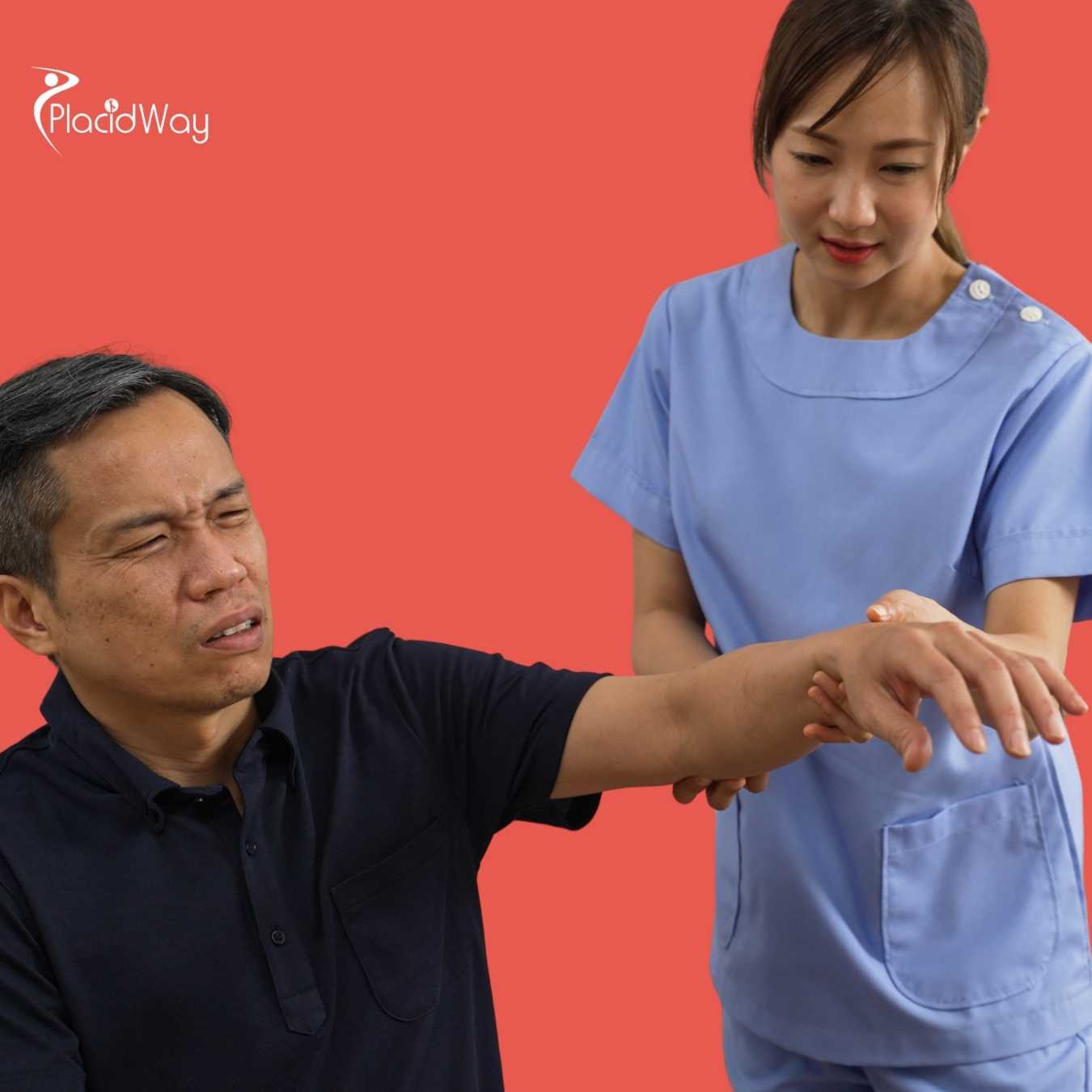
.png)
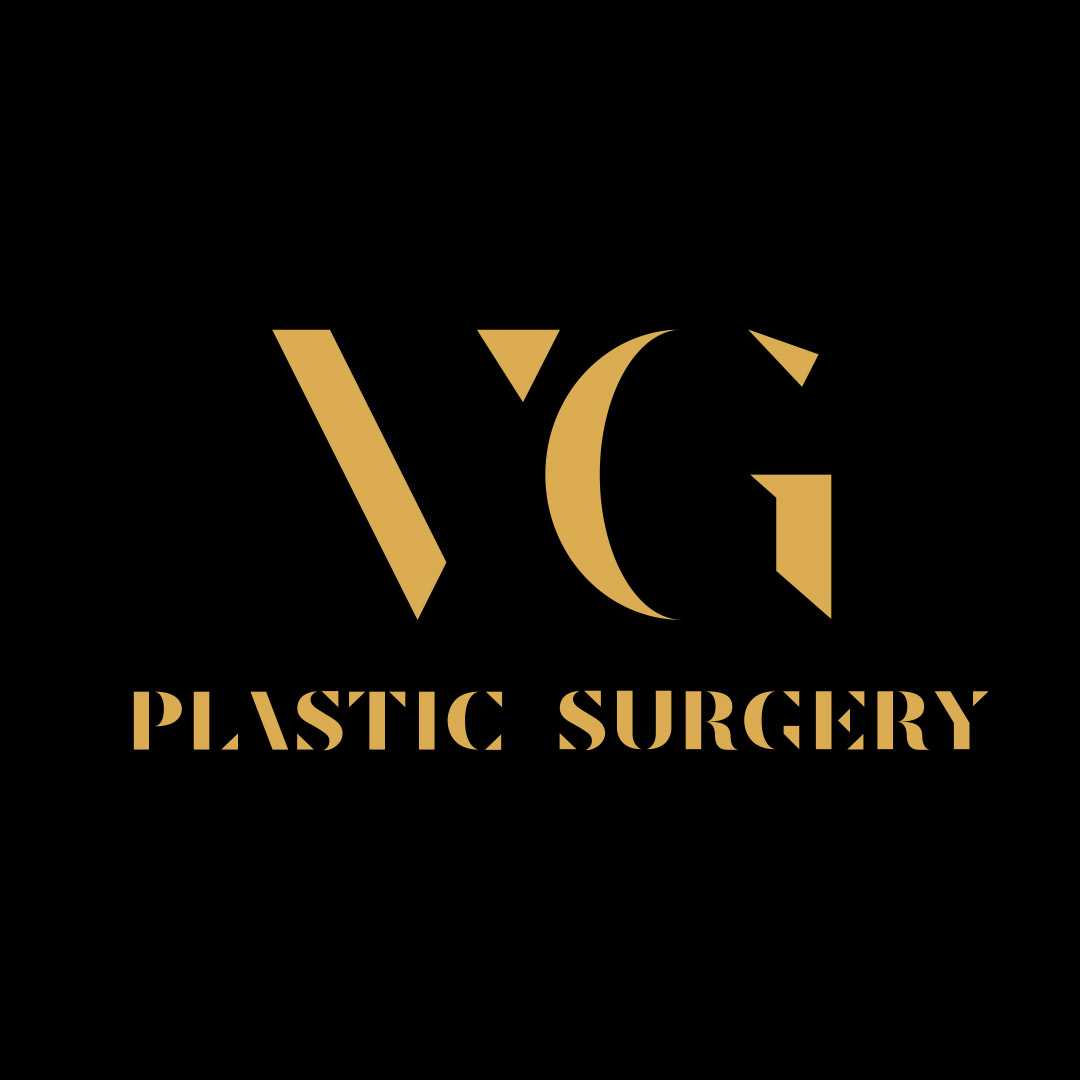
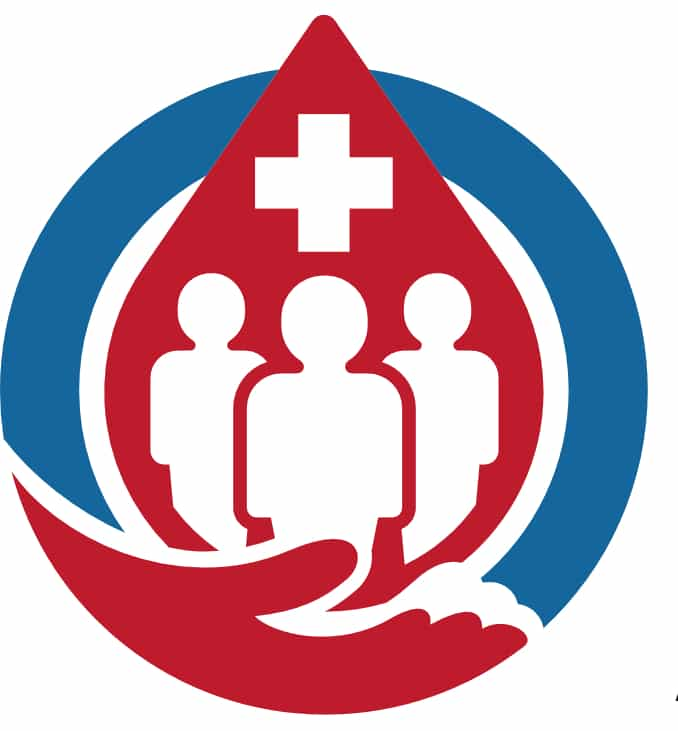
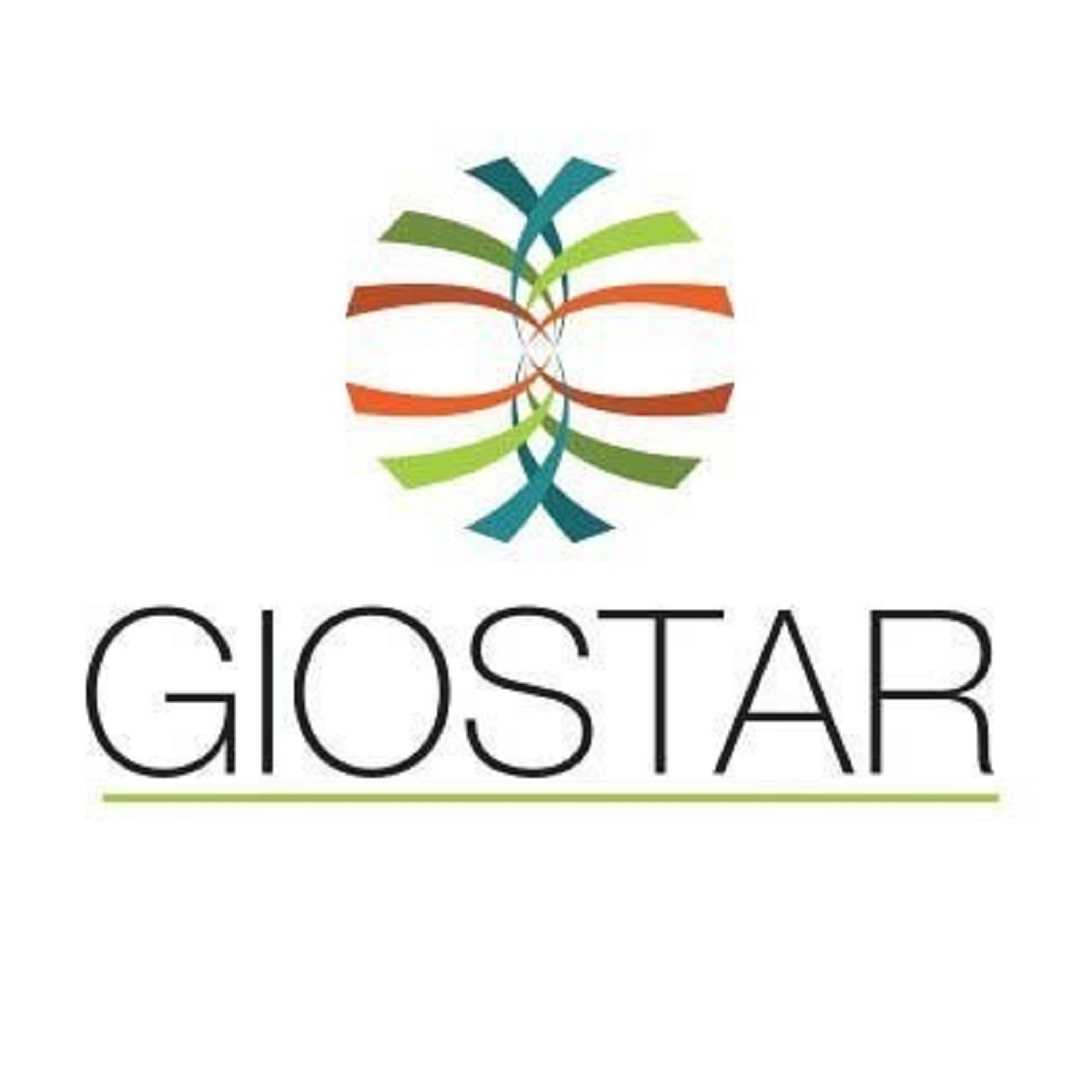

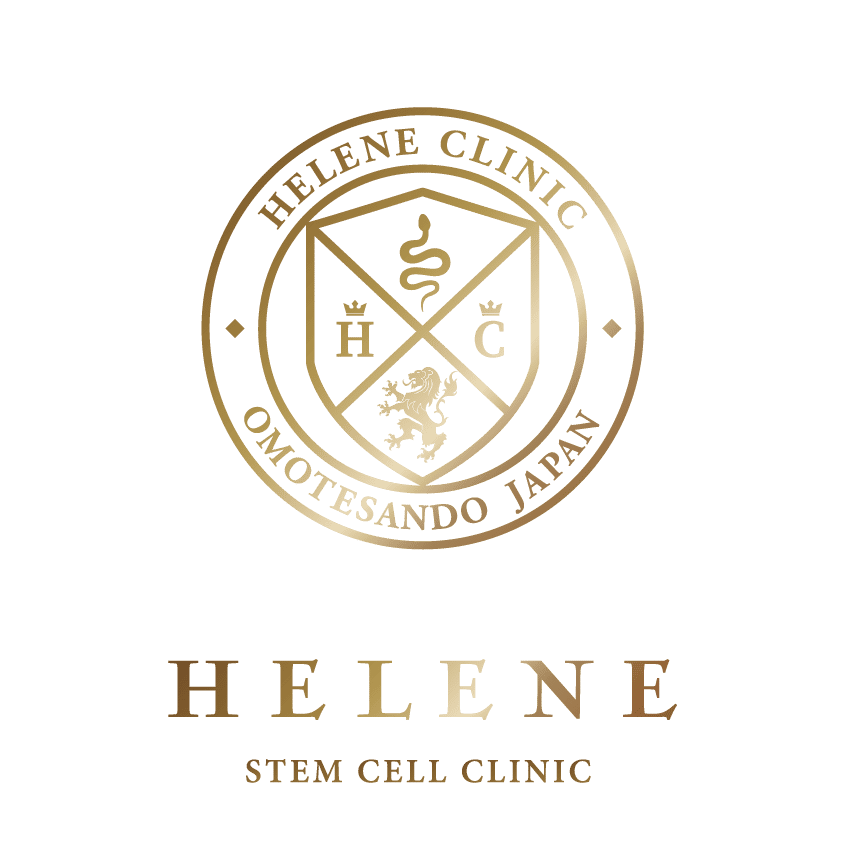

Share this listing